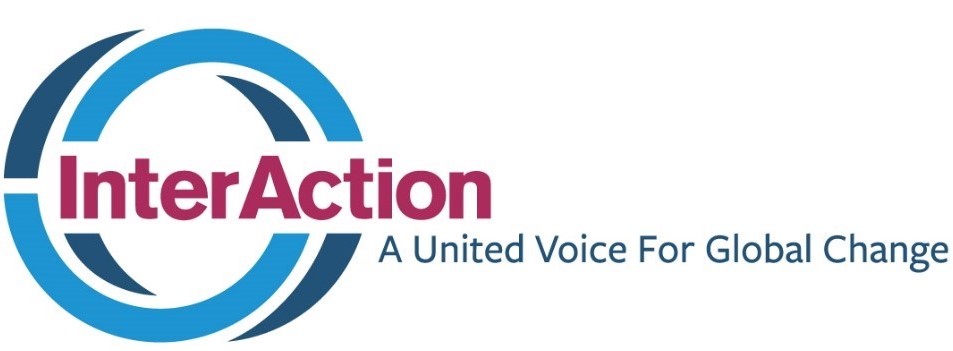Ending human suffering—whether through prevention or in response to violence occurring—requires the contribution of multiple actors, using multi-disciplinary and multi-sectoral efforts, to target various components of risk at multiple levels. In other words, we are all in this together.
Multi-Disciplinary Strategies is a key element of results-based protection. Achieving protection outcomes often requires multi-disciplinary and multi-sectoral efforts targeting various components of risk at multiple levels, which demands a conscious approach to mobilize relevant actors to cultivate complementarity between their roles. The relationships, boundaries, and synergies between humanitarian actors and other relevant stakeholders, including those with formal and informal roles to address the risk factors, must be acknowledged and considered.
How can we think outside the box and beyond our silos to solve problems? In order to effectively design for contribution, protection integration may support an approach that engages and empowers actors within the humanitarian system to better understand and purposefully design for their role in addressing protection risks and contributing to protection outcomes. Where other sectors’ work is understood as a contribution to protection outcomes and incorporated in program design, we may be able to better achieve and measure reduction in risk.
*To help focus and explore this issue, the discussion focused on human trafficking as a protection issue arising out of the crisis in the Middle East.
Panelists include:
- Patrick Sooma – Humanitarian Protection Specialist, World Vision
- Jenny McAvoy – Director of Protection, InterAction
- Michela Macchiavello – Specialist, Vulnerable Migrants, IOM
A few key points from the discussion:
- The starting point should be a comprehensive, context-specific protection analysis that starts from the perspectives of the affected population. A disaggregated analysis leads us to identify what is required to address the threat, decrease vulnerability and enhance capacity vis a vis the threat
- Need to anticipate a multi-disciplinary, multi-sectoral approach and invest in consultation and coordination from the start in order to establish a robust sense of responsibility for outcomes.
- Use outcome-oriented methods, such as the development of a causal logic, to make sense of what is happening in a given environment to address risk factors, identify who is doing what to address the threat, better understand relationships/interactions, and identify gaps and mobilize actors
- Monitoring this approach requires a cultural shift towards being more outcome-oriented, including by tracking/monitoring our assumptions and purposefully designing information management to enable continuous analysis and decision-making in real time.
ADDITIONAL RESOURCES INCLUDE:
- Addressing human trafficking and Exploitation in times of Crisis
- Addressing human trafficking and Exploitation in times of Crisis- Longer and more detailed version
- The Other Migrants (IOM and Walk Free Foundation)
- MICIC publication ‘Responding to Human Trafficking and Exploitation in Times of Crisis’, with a specific focus on migrants (non-citizens) in countries affected by crisis.
